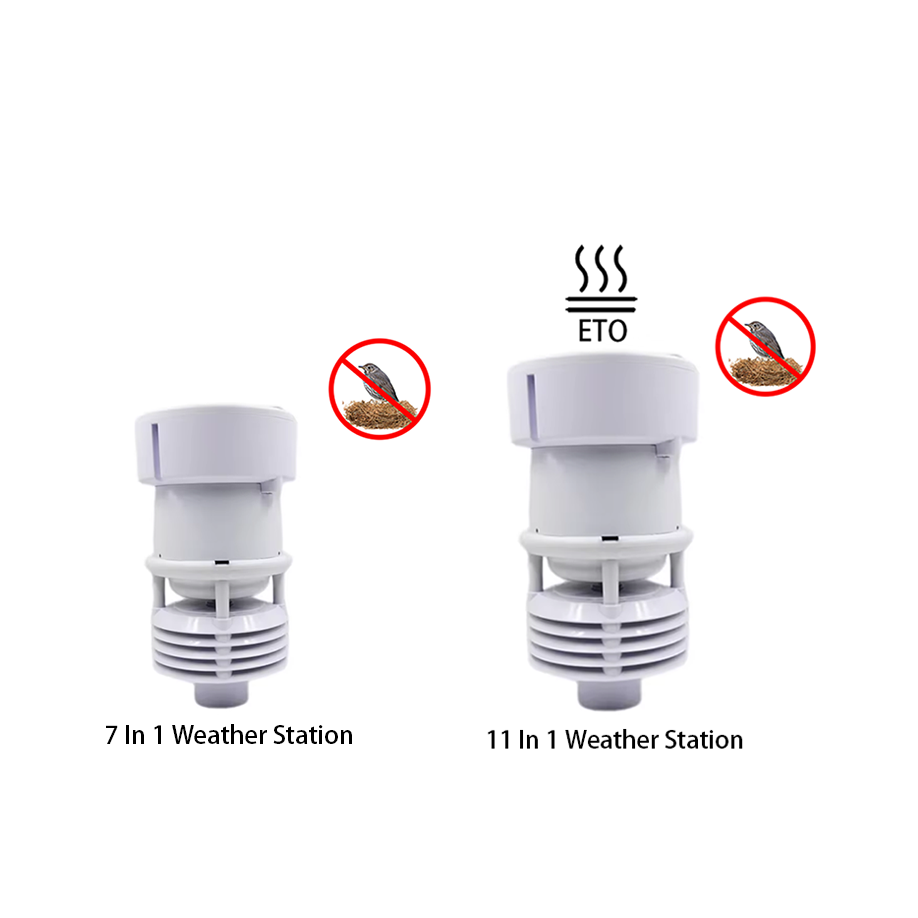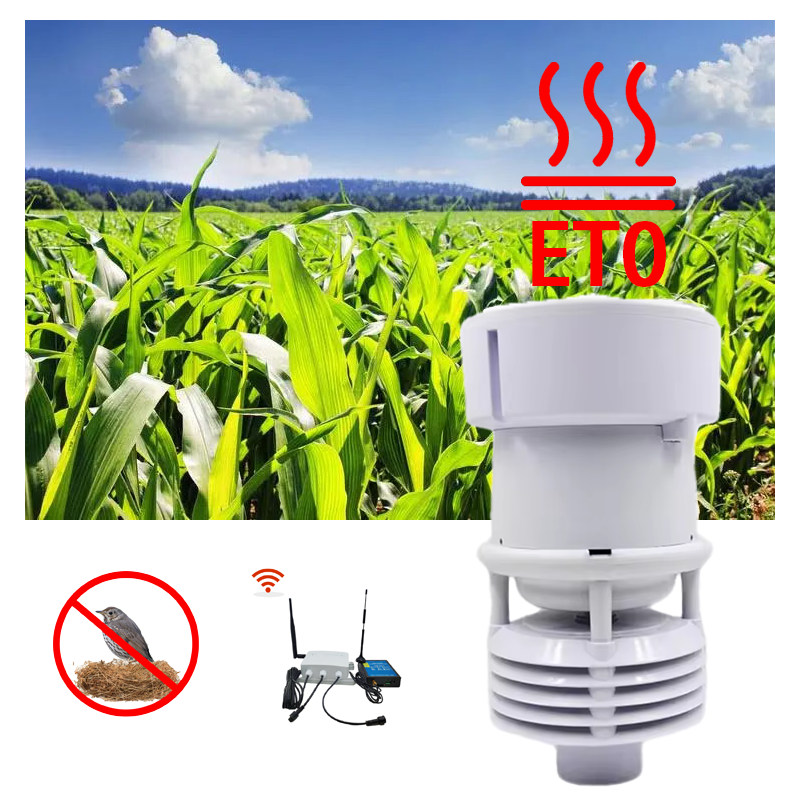Sustainable agriculture is more important than ever. This provides many benefits to farmers. However, the environmental benefits are just as important.
There are many problems associated with climate change. This threatens food security, and food shortages caused by changing weather patterns could leave people unable to sustain themselves by 2100. Fortunately, the United Nations says we can win this fight. We just need to take the right steps.
One strategy is to use a weather station while farming. This helps farmers maximize food production using the same amount of resources. This is not only good for their wallets, but also reduces the carbon footprint of food production. This is important because the agricultural sector accounts for about 10% of all greenhouse gas emissions in the United States.
Weather is something that worries each of us. It can affect how and where we live, what we wear, what we eat, and much more. However, for Australian farmers, weather is much more important than you might think, influencing all important business decisions regarding water, labor and crop health. Since climatic factors influence almost 50% of crop yields, creating suitable weather conditions has become a basic requirement for most of the modern farmers in the country. Always check the local weather, such as the weather in Nashville.
This is where weather stations help farmers adapt to droughts, floods, hail, hurricanes and heat waves, as well as other forms of severe weather. While there is no way to control the weather, using weather monitoring tools to measure weather conditions and real-time data can help farmers make strategic decisions to maximize yields or minimize losses.
To understand the benefits of using weather stations in agriculture, you need to understand the importance of weather forecasts for farmers. Weather plays a vital role in commercial and home farming, and just one miscalculation can lead to crop failure. Today, with labor, seed, water and other overhead costs at an all-time high, there is little room for error. Weather stations won’t stop cyclones or heat waves, but they will provide you with hyperlocal weather data that you can use to make proactive decisions about planting, irrigation, and harvesting. In addition to using new technologies for sustainable farming, weather forecasts can also help farmers reduce their carbon emissions.
Agricultural weather stations don’t just tell you how hot or cold it is outside. They are specifically designed to provide farmers with more valuable information through real-time data monitoring. This technology has two main advantages:
Weather conditions greatly influence crop growth. For example, many crops require high temperatures and moisture, while others thrive in cold, dry conditions. Many farmers also use temperature, humidity and other factors to predict pests and diseases so they can plan ahead for planting, harvesting and appropriate protection. The following are the main types of data provided by weather stations:
You can accurately track temperature changes throughout the day, week, season or year with a weather station depending on your location.
With the built-in pulse generator, you can measure rainfall over a period of time and use rainfall forecasts for water storage and management.
Weather stations are helping Australian urban farmers predict cyclones, floods and strong winds more accurately than the Met Office.
Humidity is one of the most important factors affecting crop growth, signaling approaching weather, mold and bacteria growth, and pest infestations.
Soil moisture monitoring is an optional feature that is mainly used in agrometeorological stations and helps farmers plan irrigation accordingly.
With this accurate data, farmers can better understand and predict upcoming rainfall, droughts and temperatures and prepare crops accordingly for unstable conditions. For example, soil moisture sensors that measure water content, temperature and pH can help farmers predict the right time to plant crops, especially in rain-fed areas. Knowing the right amount of water can make the difference between continued growth and permanent crop loss.
Agriculture is the most important industry in the world because it provides people with the food they need to sustain life. However, agricultural resources are limited, which means farmers must use them efficiently to produce healthy crops and increase profitability. Weather stations provide farmers with data that can be used to improve efficiency and productivity through effective resource management. For example, knowing the exact amount of rainfall can help them conserve water, especially in dry rural areas. Additionally, remotely viewing soil water levels, wind speeds, and weather conditions saves energy, time, and labor—all of which can be used for other core activities. Finally, automated monitoring and real-time data collection enable farmers to make more informed decisions in all aspects of agriculture, including planting, irrigation, pesticide use and harvesting.
Agriculture is rapidly transforming with the influx of technology and innovative solutions, and farmers who embrace these changes will soon be able to benefit from it. A weather station should appeal to any farmer who understands the important relationship between weather and agriculture. Weather monitoring tools can accurately measure environmental conditions and therefore provide greater operational accuracy, thereby increasing productivity, productivity and profitability. This way, you won’t have to rely on the TV, radio, or outdated weather apps on your smartphone to get the information you need to make decisions.
Post time: Aug-06-2024



